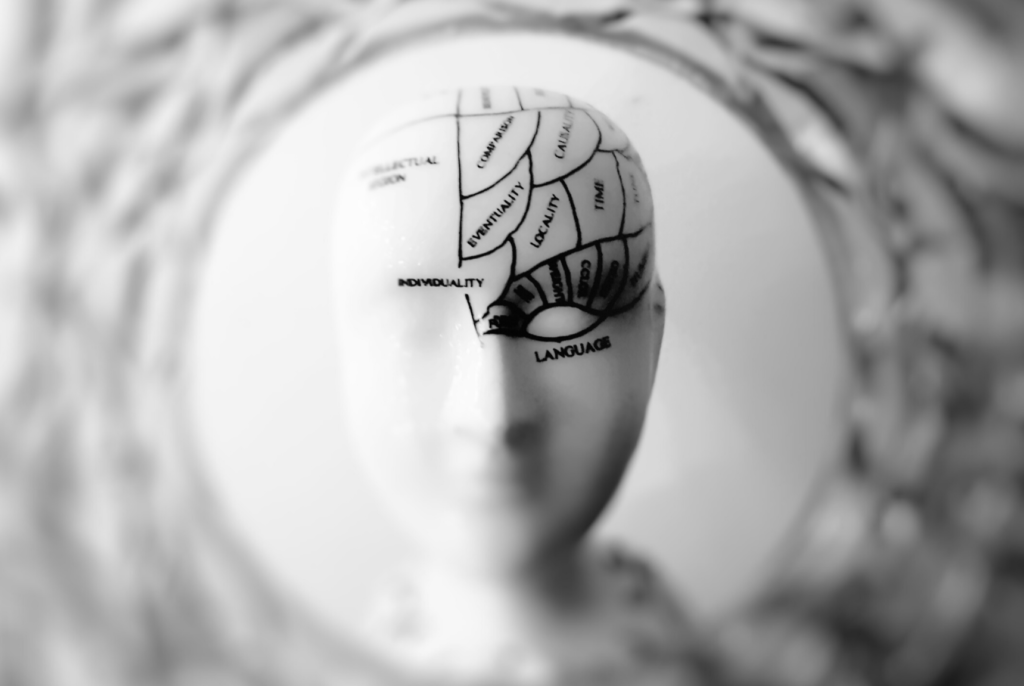
Speaking the languages of the self
November 26, 2019 | Awareness, Body, Emotions, Mind
I see us people as incredibly complex and social creatures. We have a degree of consciousness we don’t see in most other beings (of course, we’re not certain), and which has helped us expand our presence in this world to a great degree. Awareness has given us choice, among other benefits. I think that, along with awareness, our brains evolved to give us multiple levels of information. To me, these are the languages of the self.
The brain
We understand things much better when we break them down into smaller parts. In the case of the Nervous System, we’ve divided it into the Brain, the Spinal Cord, and the Sensory Organs. We’ve also divided it into the Central Nervous System and the Peripheral Nervous System. Depending on how we’re studying it, different ways of sectioning out the structure and function of the brain helps us understand what this highly complex system does for us. And we’re still far from being confident in our knowledge of it! We know, for example, that the Stem controls such things as the heartbeat and swallowing, or that the emotional response starts before the cortex has time to send back relevant information. We still are not sure what Consciousness is, though.
The truth is, we don’t have all the answers. Psychology is still, by far, the collection of theories we’ve come up with while articulating evidence. Research is always important, but is also limited. There is no one answer in psychology and, you know what? There isn’t either in any field in science. Because of this, I think there is great value in keeping an open mind and using what works.
There are a couple of ways of dividing the brain that I like to use in therapy. I’ve seen these theories work again and again in my work with clients. One of them is the Triune Brain Theory It has limitations, of course, but at its core it proposes that the brain has different sets of structures, each with general functions. In this theory, these functions are survival, affect, and rationality, each of which correspond to the stem, the limbic system, and the cortex, respectively. While it’s true that the brain is highly connected and works in a unified manner, we understand better if we divide. If we use the concepts of Triune Brain or Polyvagal Theory, we have a model we can use to manage our experience in more satisfying ways.
Mind, Emotions, and Sensations
Following the above, I like to think we have three main languages. These languages are the ways in which different sections of our brain “talk” to us. Each corresponds to general brain structures and their functions. Depending on what kind of language we’re detecting, we listen to it with the idea that it represents activity in that level, and which has reached our awareness. This way, we can access information that helps us clarify how our self responds to and interprets our world.
The mind
What we typically recognize as awareness, corresponding to the Cortex. We can notice it in our thoughts and communicate as language. It can be abstract, logical, or symbolic. It can be images and memories we can observe easily.
Emotions
Our experience of affect in response to events, and which can be internal or external. They correspond to subcortical structures, especially those typically called Limbic System. We feel it in our body, and we have names for many of these states. They relate to memory and symbolism.
Sensations
The things we feel in our bodies, e.g. tingling, “there’s a weight on our shoulders”, a “hole in our chest”. Also corresponding to subcortical structures, especially those linked to immediate survival; to the Stem. We can communicate our sensations using highly symbolic language.
Speaking the languages of the self to communicate… and decide
If we pay attention to these languages, we are multiplying the amount of information we have. It’s like suddenly we’re accessing new levels of processing that our brain is engaging in. We all want to make informed decisions, right? Speaking the languages of the self gives us more information. Using this data, we can figure out how we respond to the world and to our history, and make choices about it. I see great freedom in approaching the self this way. It helps us differentiate who we are from our past and from our environment, helping us connect to our power. Isn’t that an amazing opportunity?
I grew up speaking Spanish. English is my second language. When I communicate in English, I make mistakes. I've chosen to let the writing on my blog reflect the kind of mistakes I make when speaking, so that you have an idea of what it might feel like to talk to me. I trust the message is still clear but, if it's not, please don't hesitate to ask me for clarification.
The information provided on my blog is a mix of my personal thoughts, professional approach, and articles related to mental health. The purpose of sharing all of this is to communicate the models at the core of my practice, as well as to provide education. I hope this will help to minimize some of the power imbalances related to my profession. The articles on this blog should not be considered as professional advice for any one person or group of people. If you have any questions about the appropriateness of this content for you, please contact a qualified mental health professional.